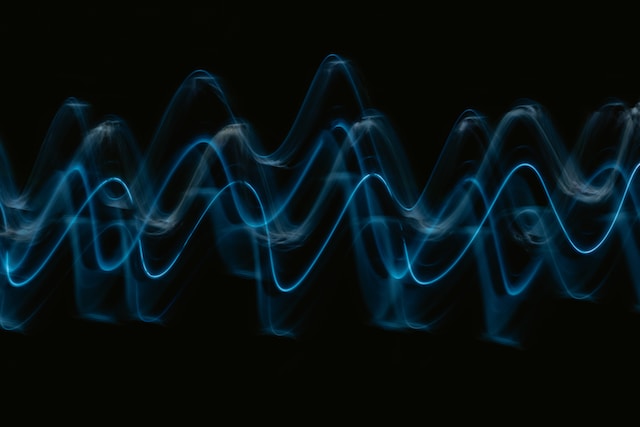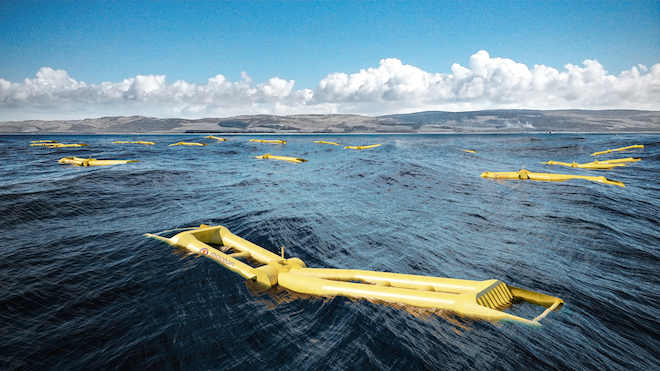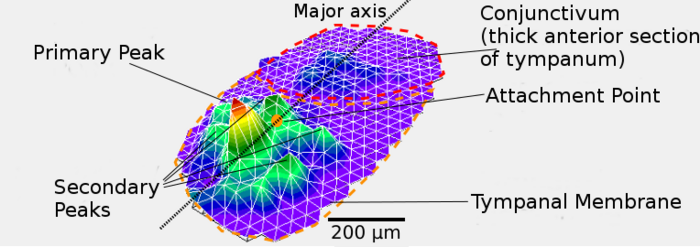More than 500 life-size sculptures unite art and nature to create living coral reefs that make up the underwater museum, MUSA (Museo Subacuatico de Arte), of Cancun, Mexico.
But, sculptor Jason deCaires Taylor never meant for the displays to be solely for human observation; their purpose is multi-fold. They were created for the edification of divers, as habitat for sea life, and for the betterment of future generations by creating new coral reefs and preserving fragile existing ones.
The sculptures of MUSA are actually displayed in two separate areas, or galleries, known as Salon Nizuc and Salon Manchones. The galleries are situated strategically near Punta Nizuc and Isla de Mujeres (Isle of Women) as a kind of “red herring” in order to divert some of the underwater tourism traffic from the Cancun Marine Park, which is visited by more than 75,000 adventure seekers per year. The Salon Nizuc, at a mere 13 feet (4 meters) deep, only permits snorkelers while the 26 feet of Salon Manchones also allows scuba divers.
The material for the sculptures is specifically designed to be pH neutral and attractive to corals and other sea creatures. In fact, the sculptures are in dynamic flux all the time as the corals, sea fans, and algae transform the structures into a living colony, re-sculpted by the undersea inhabitants themselves.
This project began in 2009 with a collaboration between the artist and national marine conservation organizations. The first sculptures were The Gardener, a pony-tailed young girl laying on her stomach on a terra cotta and Italian tile patio, while contemplating potted branch corals; Man on Fire, who is a lone man in a strap shirt standing with one hand holding the other arm and his closed eyes pointing skyward; and The Dream Collector standing next to his display cases of bottles containing messages, as he logs the treasures into one of his journals. Some of the sculptures are planted with corals rescued after storms. Man on Fire and Holy Man have holes drilled in them in which corals were planted.
Some sculptures are designed to attract specific species. For example, Anthropocene is a life-size Volkswagen Beetle that acts as an attractive home to lobsters and other crustaceans, complete with lobster “apartments” inside and right-sized portals for entry and exit.
Certainly, the most incredible feat of the Cancun museums is the collection of humanity entitled The Silent Evolution. This is a remarkable collection of 450 statues of humans representing a cast of ages, cultures, expressions, and conditions.
Other pieces have their own unique representation of human life. Inertia shows a half-clothed man sitting on a couch with his plate of french fries and hamburger in front of a TV. Banker is a handful of men with their heads buried in the sand. The Lost Correspondent sits at his desk with a typewriter. Inheritance has a small boy sitting on an overturned bucket, a pile of bottles and cans in front of him.
Jason deCaires Taylor is no novice to creating life-size underwater statues, and he has created more than 700 to date worldwide. The exhibits in Molinere Bay, Grenada have been noted by National Geographic as among the 25 Wonders of the World. Taylor is also well schooled in ocean ecology and is a certified scuba instructor and skilled underwater photographer.
Taylor’s recent creation in Central London is titled Rising Tide. It depicts a group of horses, with heads resembling oil derricks and riders who are either defiant or unaware of the rising tides that will eventually engulf them.
Visiting at least one of these spectacular underwater displays seems worthy of a spot on the “do it before I die” bucket list. I think I’ll add the Cancun site to mine.





